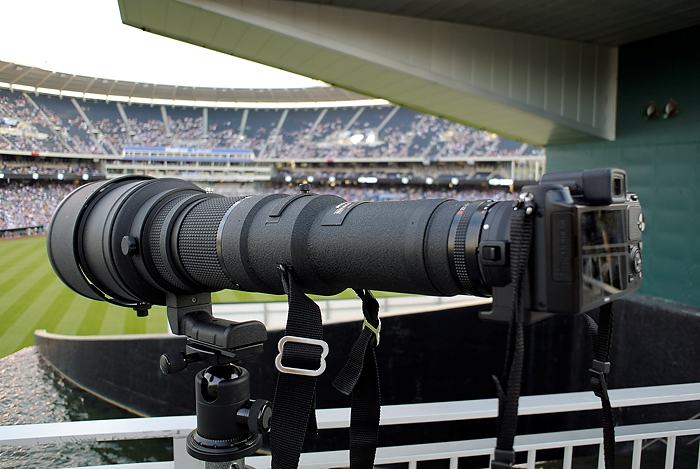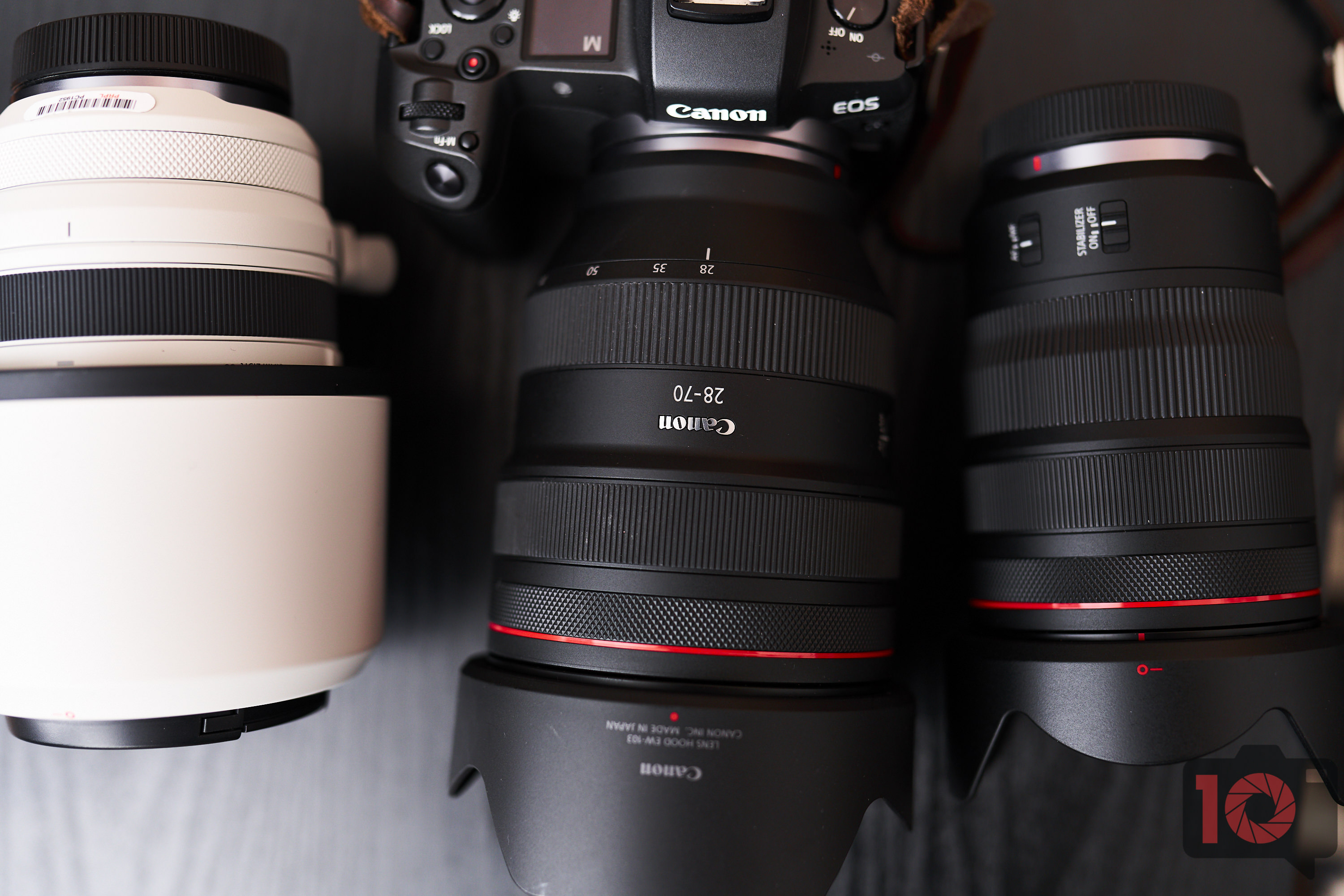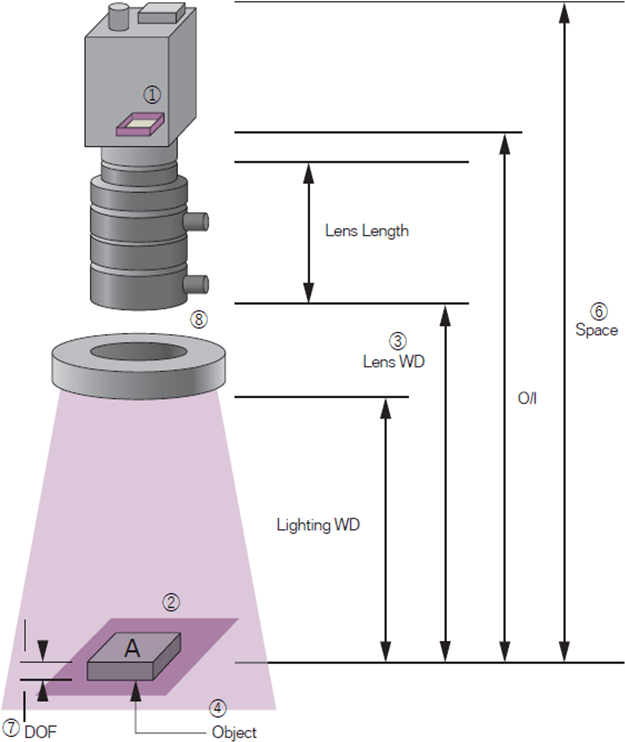


Some patients do well with a piggyback lens system. Related post: Difference Between Hybrid Lenses vs. Because these lenses have soft edges, they tend to have a familiar fit and feel to the traditional lenses that you may be accustomed to wearing. Hybrid lenses provide allow oxygen transmission to the eye and promote better tear exchange, making them a comfortable, safe, and effective option. They also deliver crystal-clear vision, just like RGP lenses. These lenses combine the best of both worlds – the rigid design that allows them to hold their shape better along with the easier wear and longer-lasting comfort of soft lenses. Hybrid contact lenses are another option for patients with keratoconus. Related post: What Vision Problems Do Scleral Lenses Correct?

Patient with advanced Keratoconus and Scleral Lenses Because the edge of the lens sits under the eyelid, it won’t move around when you blink, either. Scleral lenses are also larger than traditional lenses, so they sit further out on the eye on a less sensitive area. Also, this reservoir collects tears, keeping the eyes lubricated and comfortable throughout the day. First, it corrects the shape of the cornea and improves vision. Scleral lenses are designed with a “dome” or reservoir that floats above the eye’s surface. Scleral contact lenses are the gold standard when it comes to choosing contact lenses for keratoconus because they provide both clear vision and superior comfort. While you may find soft lenses more comfortable, RGP lenses provide significantly better vision correction because they don’t mold to the shape of your eye the way soft lenses do (and it’s the shape of your eye that’s causing your vision problems, after all). They help protect the health of your eyes by allowing them to “breathe.” RGP lenses offer excellent vision correction, but some patients find them hard to wear for extended periods of time. “Gas permeable” means that these lenses let oxygen flow through the material to your eyes.

RGP contact lenses are commonly used to treat people with keratoconus. Soft lenses are probably the most effective in earlier stages of keratoconus. There are some new products available that may be of assistance, such as special lenses that come in different thicknesses and those made of specific materials that offer better results. These lenses may provide less visual clarity, so it’s critical to weigh the importance of comfort versus optimal vision. However, people who find it difficult to tolerate “hard” contact lenses may respond well to custom soft lenses. Soft contact lenses are not a typical choice for keratoconus patients. Here are your options when it comes to wearing contact lenses with keratoconus. If you have been diagnosed with this condition, you can still wear contact lenses – in fact, some contact lenses are better than eyeglasses for keratoconus, especially in more advanced stages of the condition. Keratoconus is a degenerative eye disease that causes the cornea to start thinning and bulging into a cone shape, affecting the person’s vision.


 0 kommentar(er)
0 kommentar(er)
